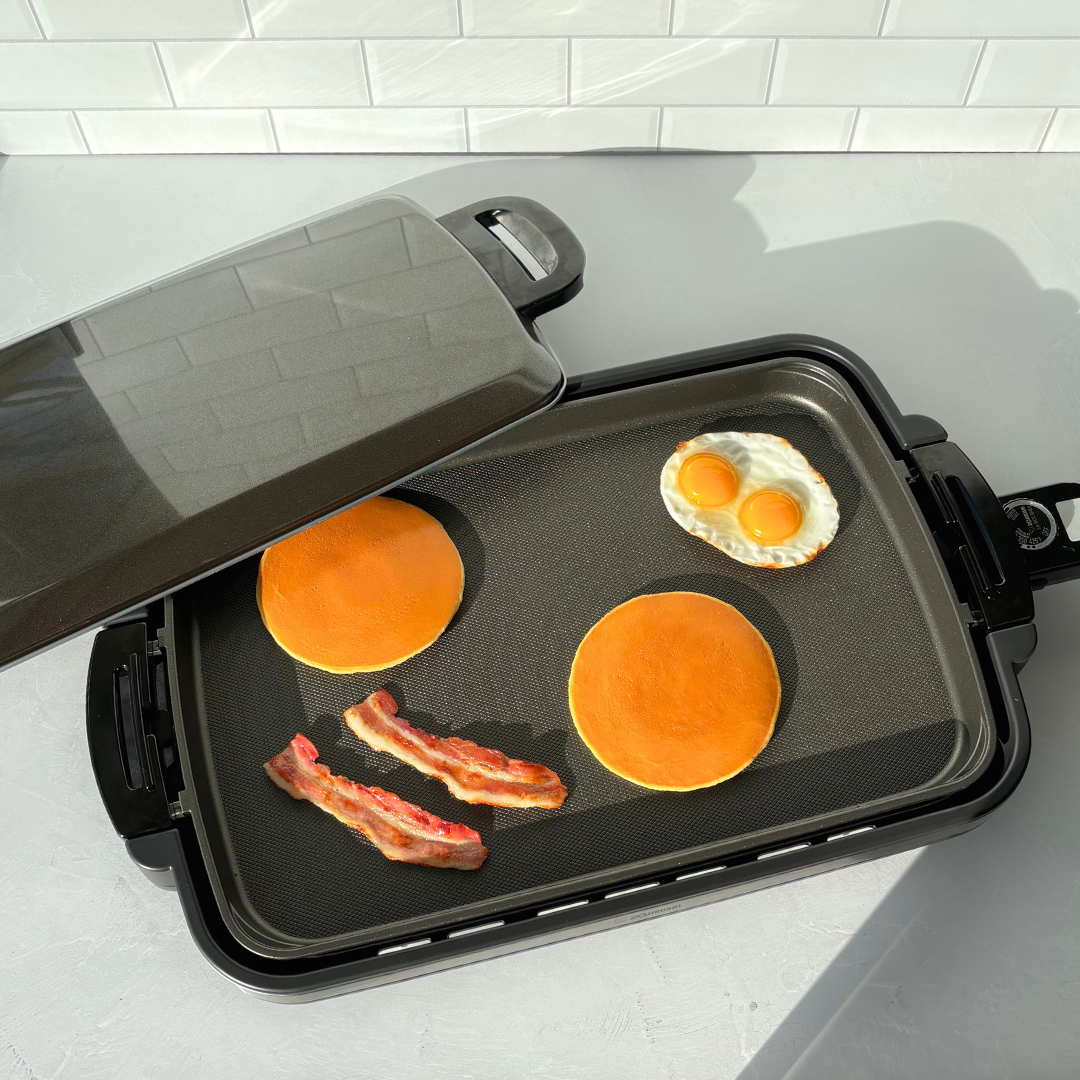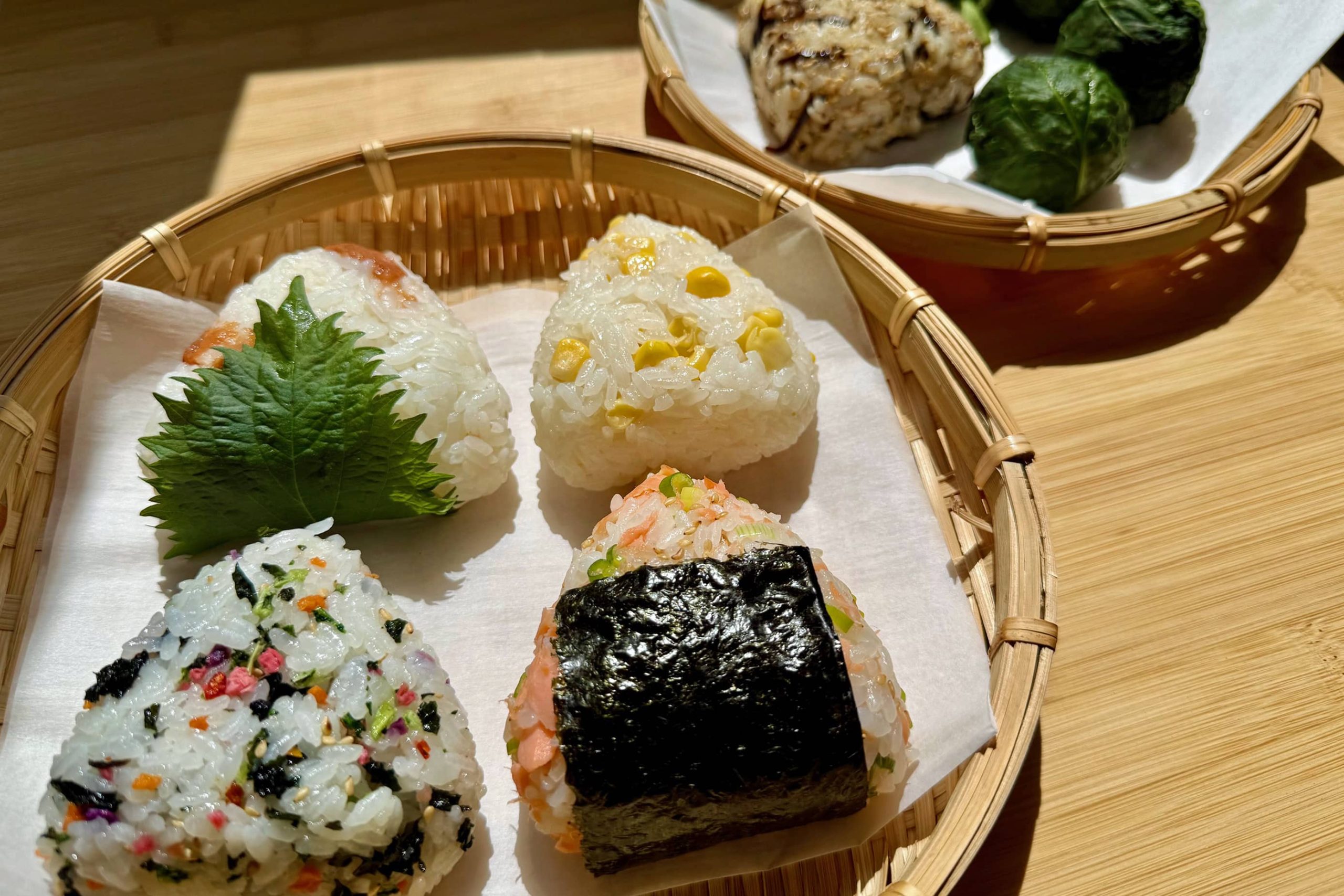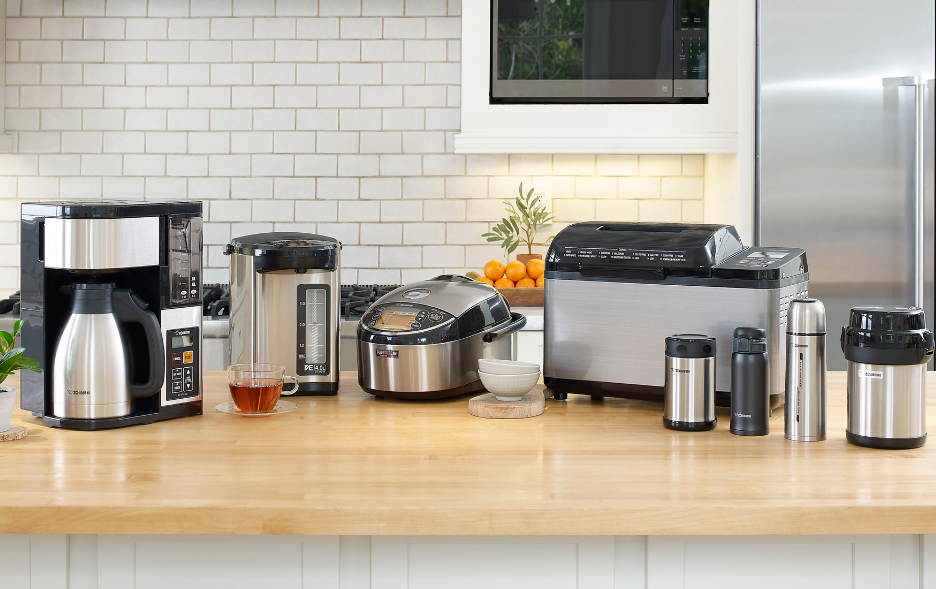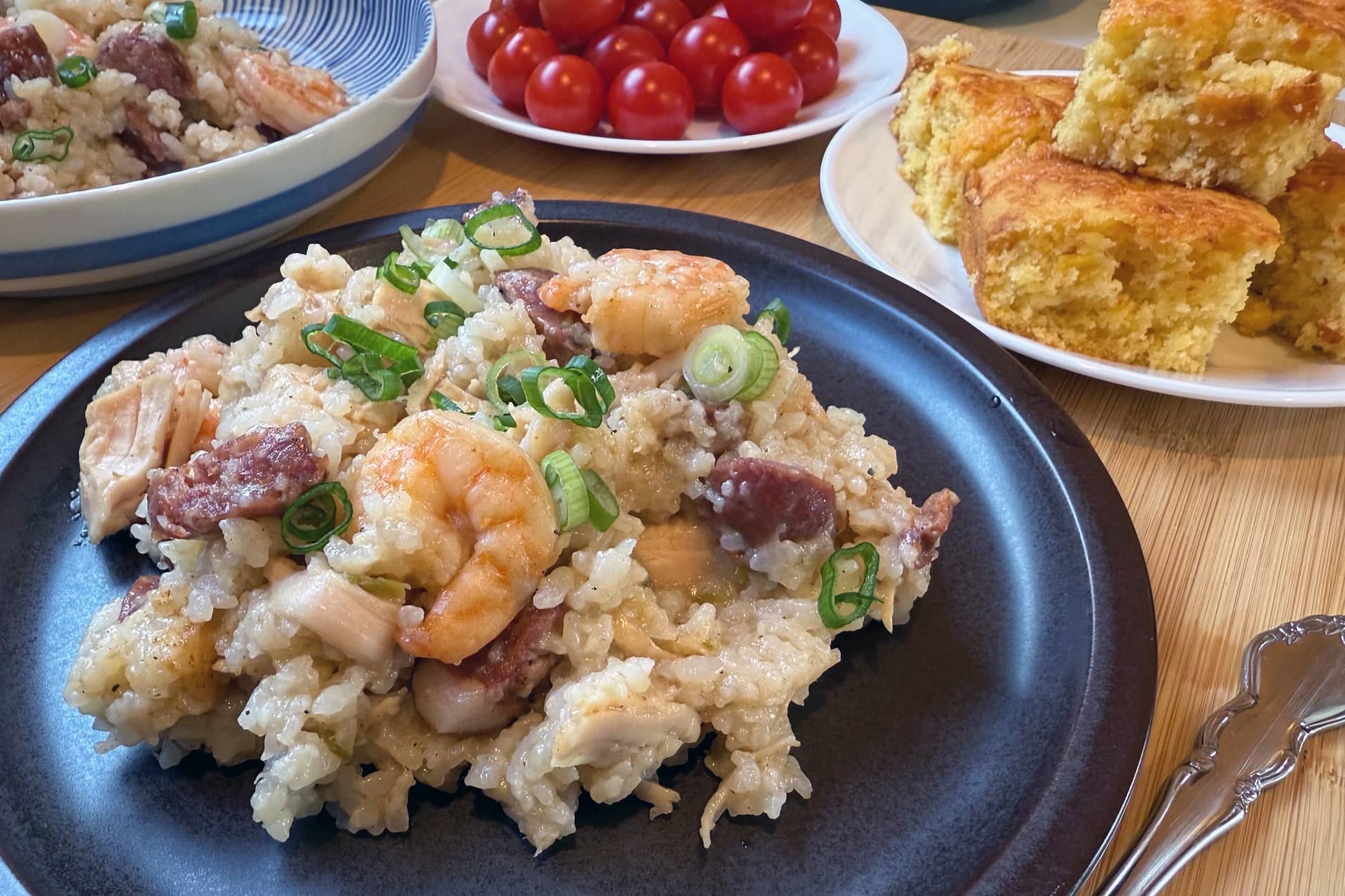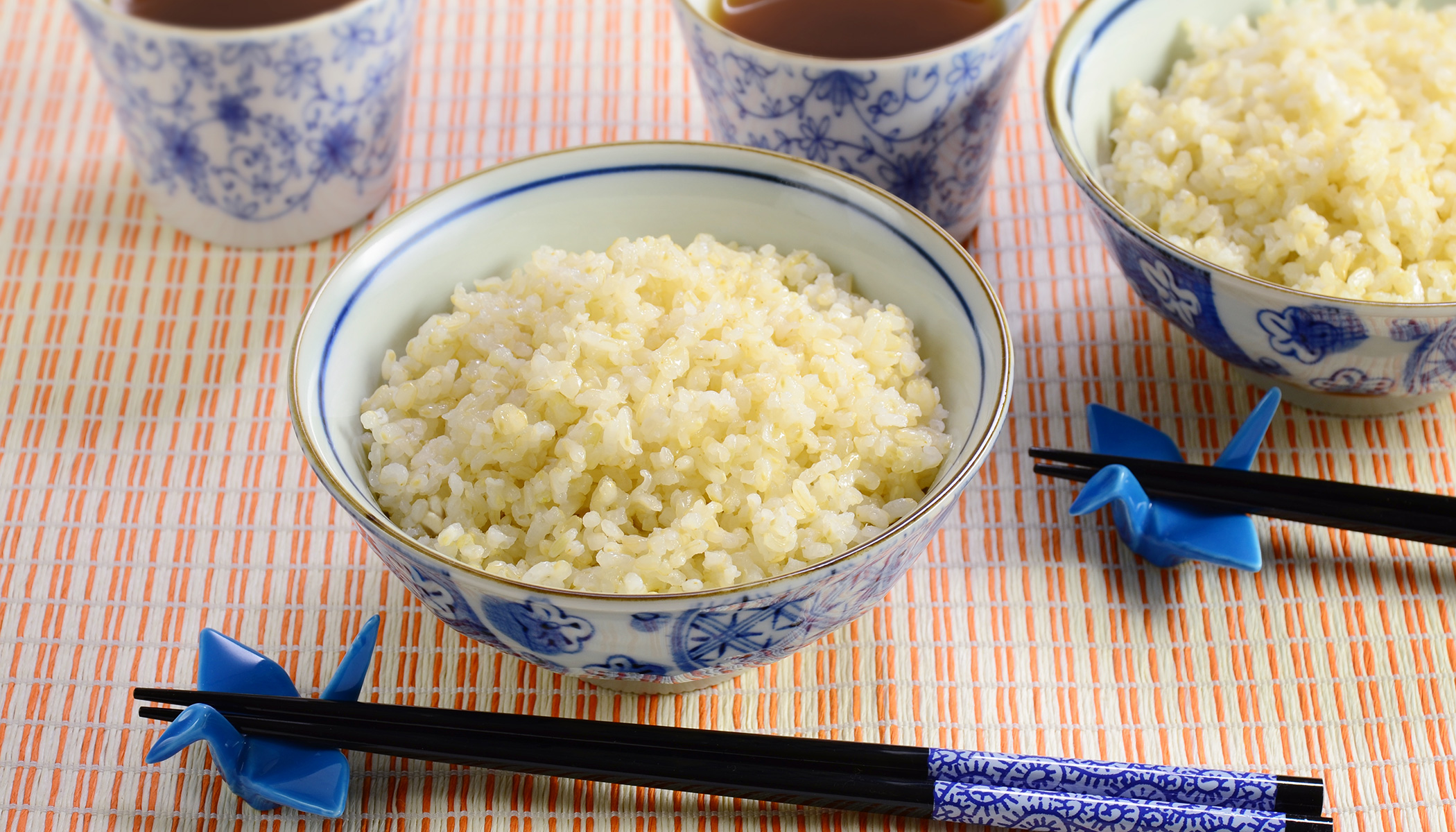Tag: ricecooker
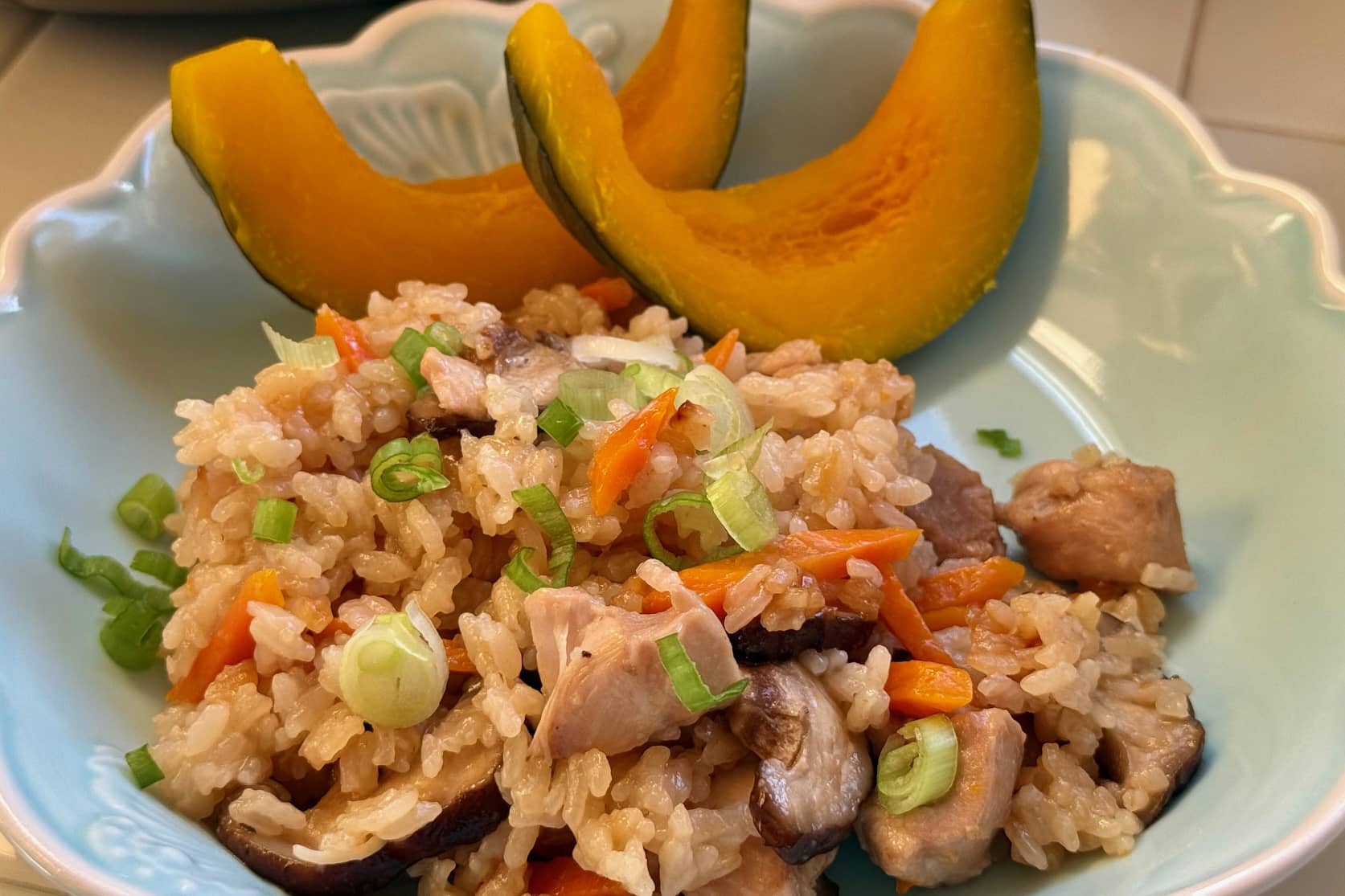
When rice is the star…
Read more: When rice is the star…Can plain ol’ rice be the star of your dish? Of course it can, if…

Start Your Day Right with Zojirushi
Read more: Start Your Day Right with ZojirushiMornings are often rushed and stressful, but they don’t have to be. With Zojirushi’s thoughtful…

How Zojirushi Helps You Stay on Schedule
Read more: How Zojirushi Helps You Stay on ScheduleWe get it – life gets busy! Whether it’s work, school, or personal time, every…

The Rice Cooker is My Friend
Read more: The Rice Cooker is My FriendIf you own a rice cooker, it’s time to give it a real workout. If…

Start the Year Right with Zojirushi: New Year’s Resolutions Made Simple
Read more: Start the Year Right with Zojirushi: New Year’s Resolutions Made SimpleThe start of a new year is an opportunity to reset, refocus, and work towards…
